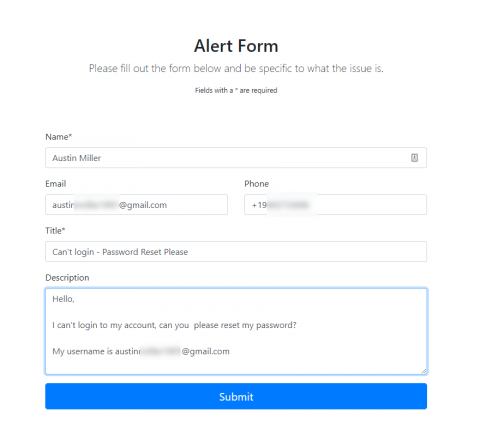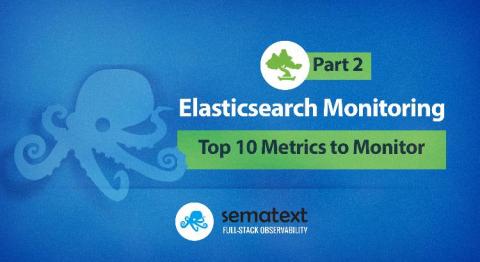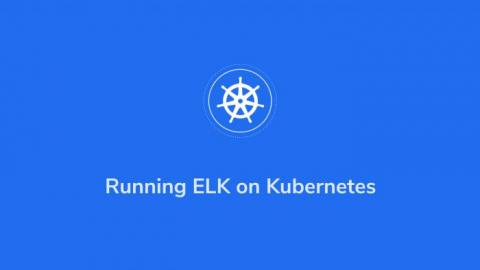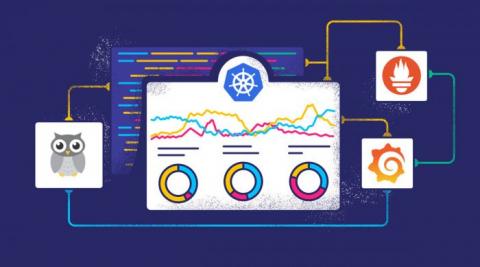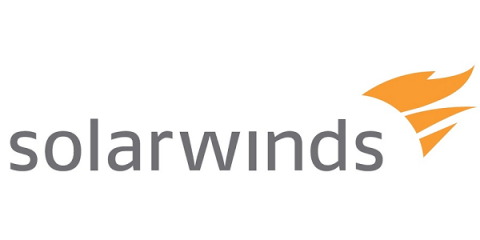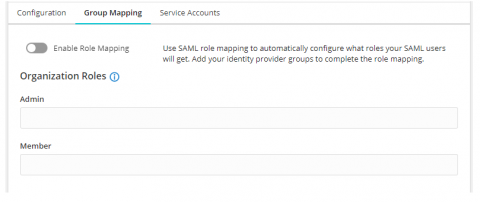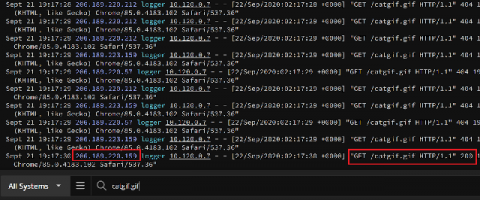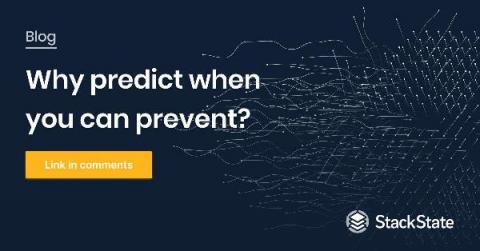PagerTree Forms Integration
Today, we are excited to announce a new integration - PagerTree Forms! PagerTree Forms are simple (PagerTree hosted) forms that can be made public so your customers can quickly create an alert outside the PagerTree ecosystem. PagerTree Forms also support custom CNAMES so you can host them on your own domain (ex: https://support.example.com). The CNAME option is secured via HTTPS using self signed Let’s Encrypt certificates.


